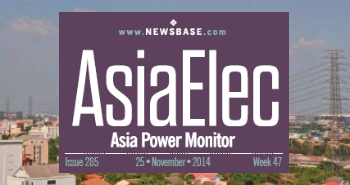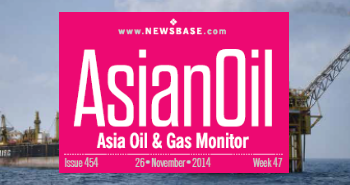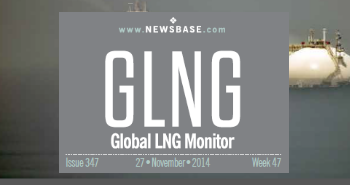British Columbia adjusts net-zero requirements for Canadian LNG projects

With uncertainty around hydroelectricity supplies of no fault of LNG projects, net-zero requirements have shifted to a credible plan.
WHAT: The British Columbia government has eased its net-zero regulations for LNG projects in the province.
WHY: The loosening of rules comes amid questions concerning the timeframe for new hydro projects to be joined to the grid.
WHAT NEXT: The adjusted regulation now requires facilities to show that they will be “net-zero ready” by 2030.
The British Columbian provincial government on Canada’s west coast has downgraded its net-zero requirements for planned LNG projects in the wake of mounting uncertainty surrounding hydroelectricity supplies, Canadian media The Globe and Mail reported on April 14.
Canada’s environmental requirements for LNG projects are often viewed as the most stringent in the world. While most LNG facilities around the world use turbines powered by natural gas, Canadian plants instead must source energy to power motors and compressors with renewable options such as hydroelectricity.
But now, under the new regulations, facilities will instead be asked to be “net-zero ready” by 2030.
This means that proposed facilities will now need to demonstrate they have a credible plan to reach net-zero by 2030 utilizing the most-advanced technology available. Also at the disposal of the projects is the opportunity to purchase carbon offsets in order to hit their target.
While uncertainty has filled the air on the timelines that some hydroelectric projects will be connected to the grid, LNG projects will still need to demonstrate that all other parts of the facility that do not rely on the grid will be able to achieve net-zero emissions by 2030.
One of the stumbling blocks has been BC Hydro’s proposed North Coast Transmission Project. The 450-km, 500-kV transmission line between Prince George and Terrace offers enormous potential to boost electrical capacity in northwestern BC.
And in particular, the North Coast Transmission Project could be a game changer in electrifying heavy industry in the region, such as mining and LNG production.
However, the North Coast Transmission Project possesses a long lead time. Estimates are that it could take up to 10 years to complete the project.
Consequently, LNG projects are beginning to plan for two different stages. For instance, the proposed Ksi Lisims project, which is still undergoing regulatory review, has plans to begin using temporary barges, which would supply electricity generated from natural gas-fired turbines.
The loosening of regulation will be welcomed by Canada’s fledgling LNG industry, particularly as the US appears determined to compete with Canada for LNG export markets in northeast Asia.
Representatives from the Alaska LNG project made the rounds in northeast Asia earlier in April, with stops in Taiwan and South Korea.
Pressure from US President Donald Trump to buy US LNG and thereby reduce the trade surplus has extracted commitments by Japanese Prime Minister Shigeru Ishiba to buy a record amount of US LNG.
Similarly, Taiwanese state-owned energy firm, CPC Corp has also indicated it will purchase supply of the super-chilled fuel from the Alaska LNG project.
Moreover, Reuters reported on April 15 that South Korean industry ministry officials are mulling a journey to Alaska soon for talks on participating in Alaska's $44bn gas project.
Indeed, competition for this direct shipping route to northeast Asian countries thirsty for LNG is about to ramp up, including Mexico adding a project, Costa Azul LNG, which will begin exporting cargoes from south of Tijuana, beginning in spring 2026.
For Canadian west coast LNG projects to succeed, it is important that they begin exporting as quickly as possible and gain a foothold in the market before the Alaksa LNG project, which, if fully developed, will have a capacity of 20mn tpy, starts to flood the market as early as 2030.
Indeed, criticism has emerged that Canada has at times applied too much regulation to its nascent LNG sector. However, facing a trade war with its southern neighbour instigated by President Trump, it appears Ottawa is determined to not stand in the way of the young Canadian LNG industry, which could rise to be a key supplier to allies such as Japan, South Korea and Taiwan in northeast Asia.





Follow us online